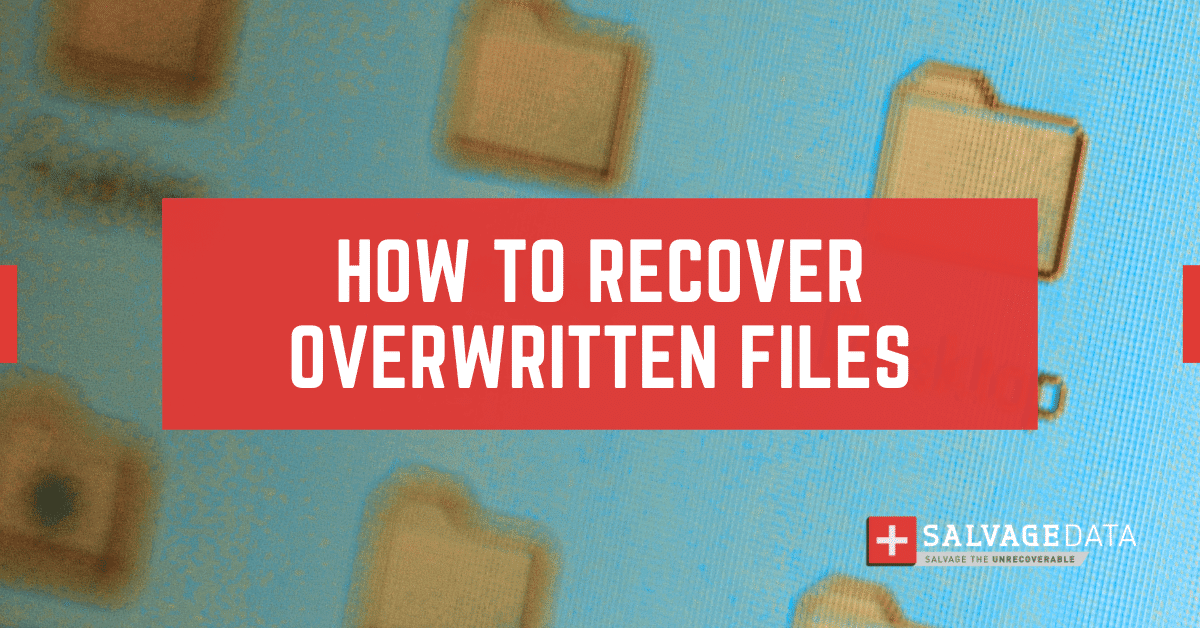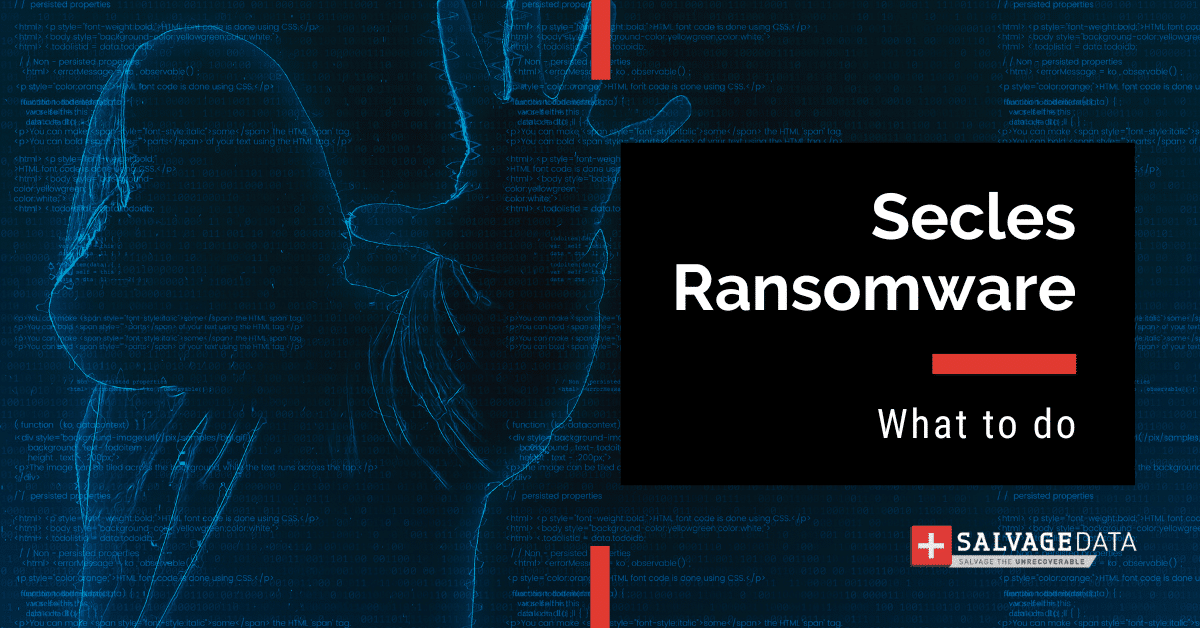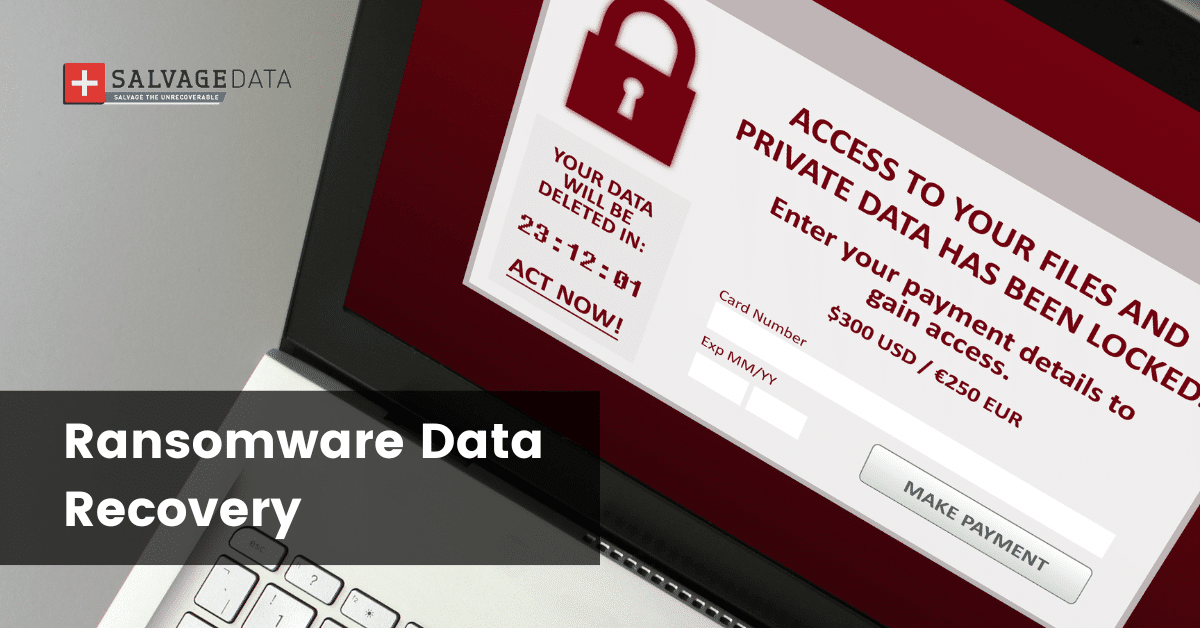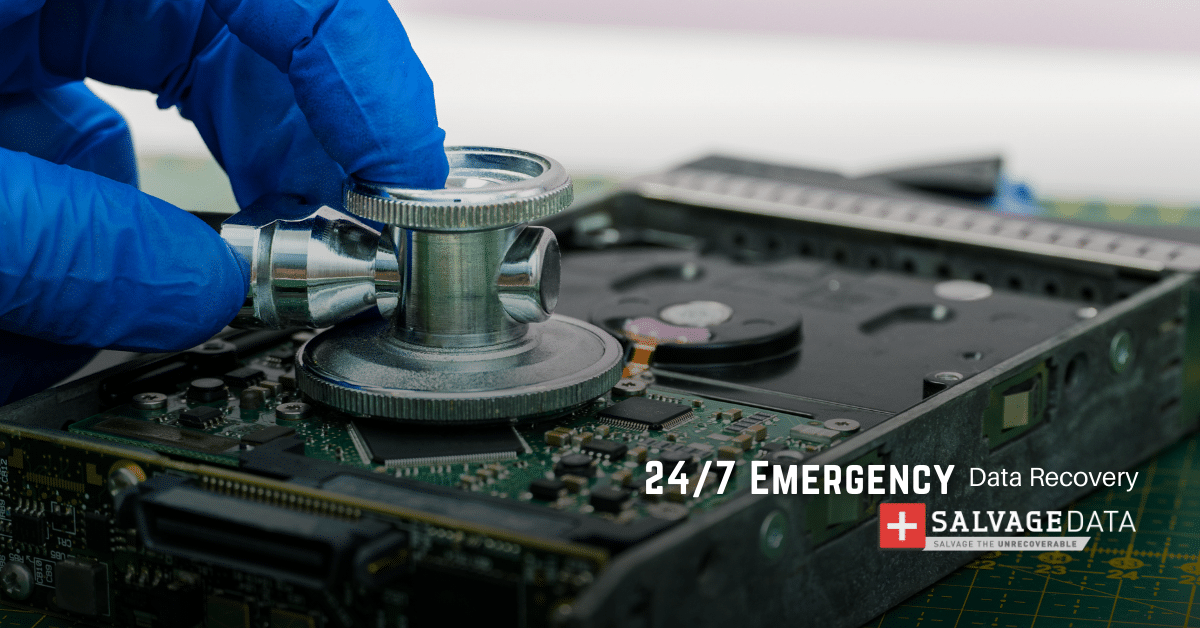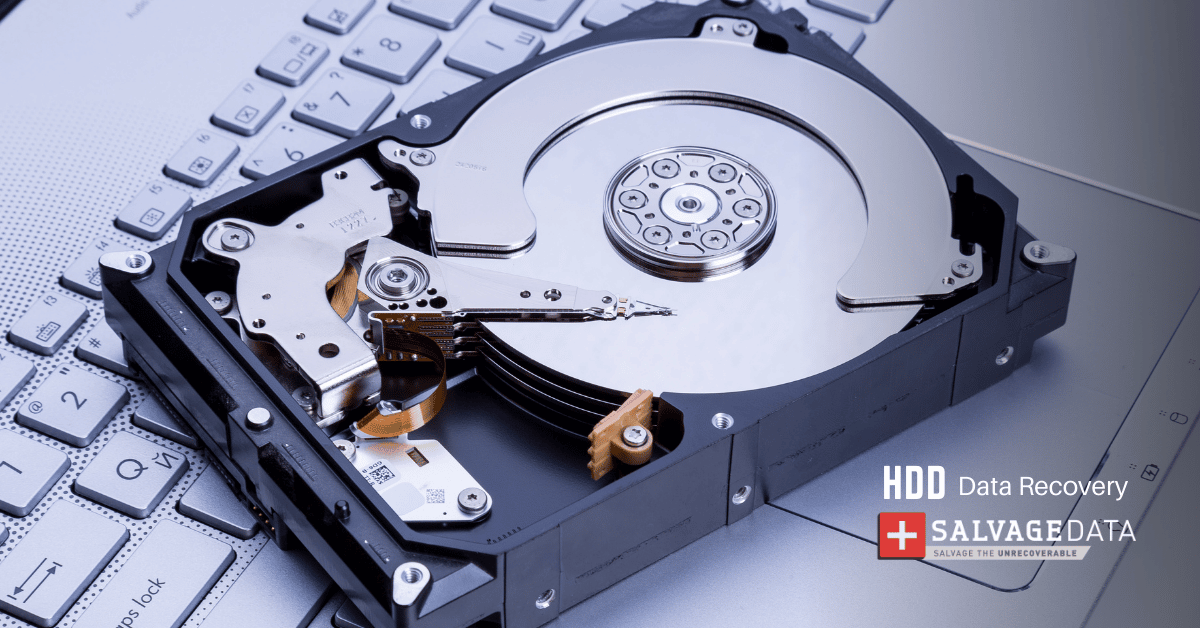Recent Articles
How To Recover Overwritten Files
The Snowflake Data Breach: A Comprehensive Overview
Mac Not Recognizing External Hard Drive: Quick Fix Solutions
How Multi-Cloud Backup Solutions Can Prevent Data Disasters
Capibara Ransomware: What is it & How to Remove
What Should a Company Do After a Data Breach: The Ticketmaster Incident
Secles Ransomware: Removal Guide
What To Do When Your Chromebook Freezes
How to Create Hyper-V Backup
What Is The Best Data Recovery Software For PC

I think there's an issue with my storage device, but I'm not sure Start a free evaluation →
I need help getting my data back right now Call now (800) 972-3282
What is CryptoJoker?
CryptoJoker is a ransomware that was first spotted in the wild in September 2016. CryptoJoker encrypts files on the infected computer and demands a ransom for the decryption key. Attackers distribute this virus via email attachments and malicious links. Once CryptoJoker ransomware is installed, it will scan the computer for certain file types and encrypt them. CryptoJoker will then display a ransom note that includes instructions on how to pay the ransom.
What encryption methods does CryptoJoker use?
CryptoJoker uses a combination of RSA and AES encryption to encrypt files on the infected computer. CryptoJoker generates a unique encryption key for each file it encrypts. This key is then encrypted with the RSA public key and appended to the end of the encrypted file. The RSA private key is required to decrypt the files.
What types of files does CryptoJoker encrypt?
CryptoJoker will scan the infected computer for certain file types and encrypt them. These file types include: .doc, .xls, .ppt, .pdf, .jpg, and .txt.
What is the ransom amount?
The ransom amount varies depending on the version of CryptoJoker that is used. The most common ransom amount is 1 Bitcoin.
What was the biggest CryptoJoker attack?
The biggest CryptoJoker attack took place in South Korea in September 2016. This attack affected more than 4,000 computers and caused more than $1 million in damage.
Protection
To protect your computer from CryptoJoker and other ransomware, you should:
– Keep your computer up to date with the latest security patches
– Use a reputable antivirus program
– Do not open email attachments from unknown senders
– Do not click on links in email messages from unknown senders
If you have been infected with CryptoJoker, you should:
– Contact a computer professional to remove the ransomware.
– Do not pay the ransom. There is no guarantee that you will get your files back even if you do pay the ransom.
– Restore your files from a backup if possible.
How to remove CryptoJoker
If it infected your computer with CryptoJoker, you should use a reputable anti-malware program to remove it. CryptoJoker is a difficult virus to remove because it uses encryption to protect itself, so we do not recommend that you try to remove CryptoJoker yourself.
Is there a public decryption key available?
There is no known public decryption key for CryptoJoker.
Contact a data recovery service
The best way to recover your files is to use a professional data recovery service. These services have the tools and expertise to recover your files safely without putting your computer at further risk.
SalvageData is a leading provider of data recovery services. We have recovered data from CryptoJoker-infected computers for our customers. SalvageData experts can help you too.
For more information, please contact us or visit our website.
Call 24/7: +1 (800) 972-3282
If you prefer, you can also go to the nearest data recovery center and request help there.

